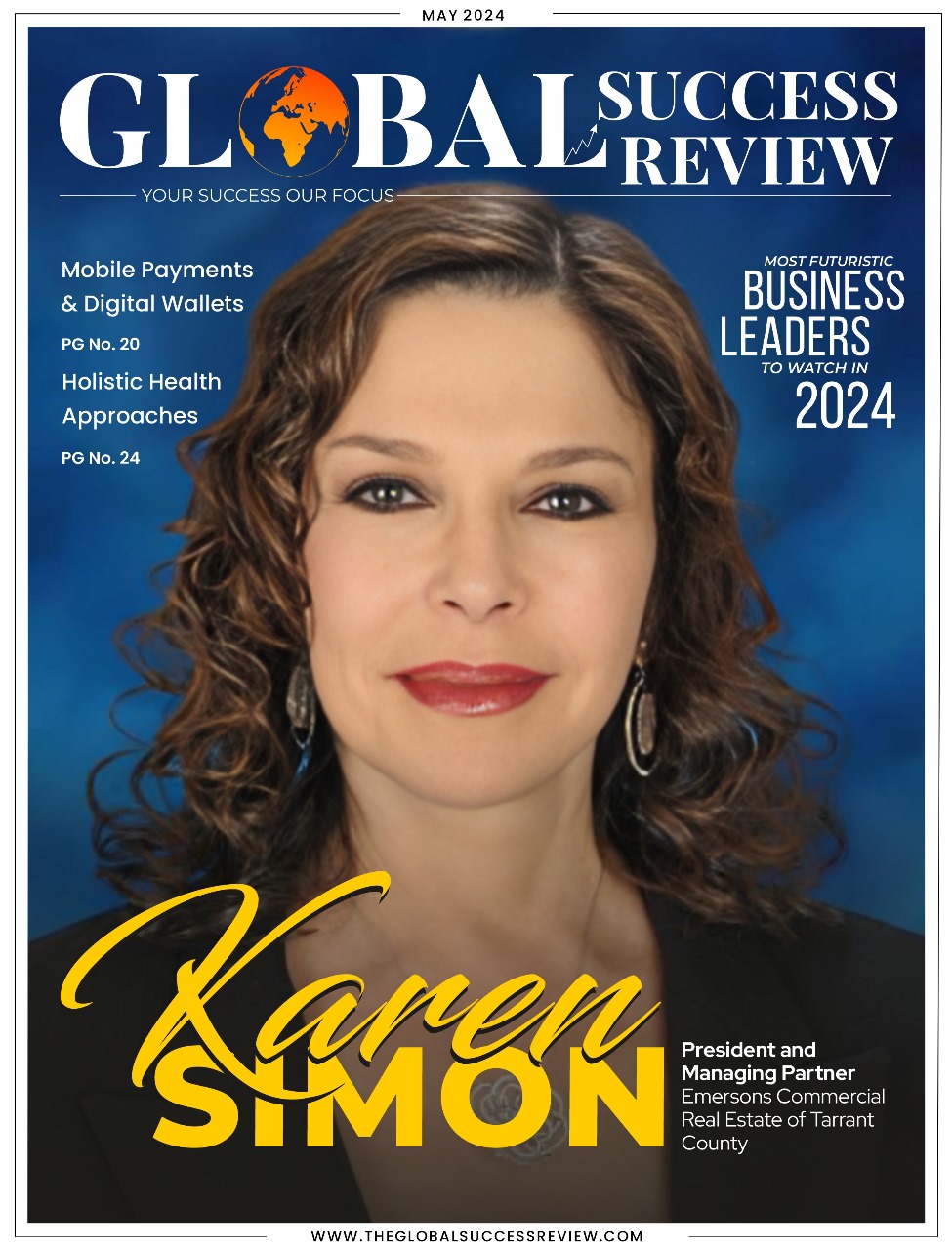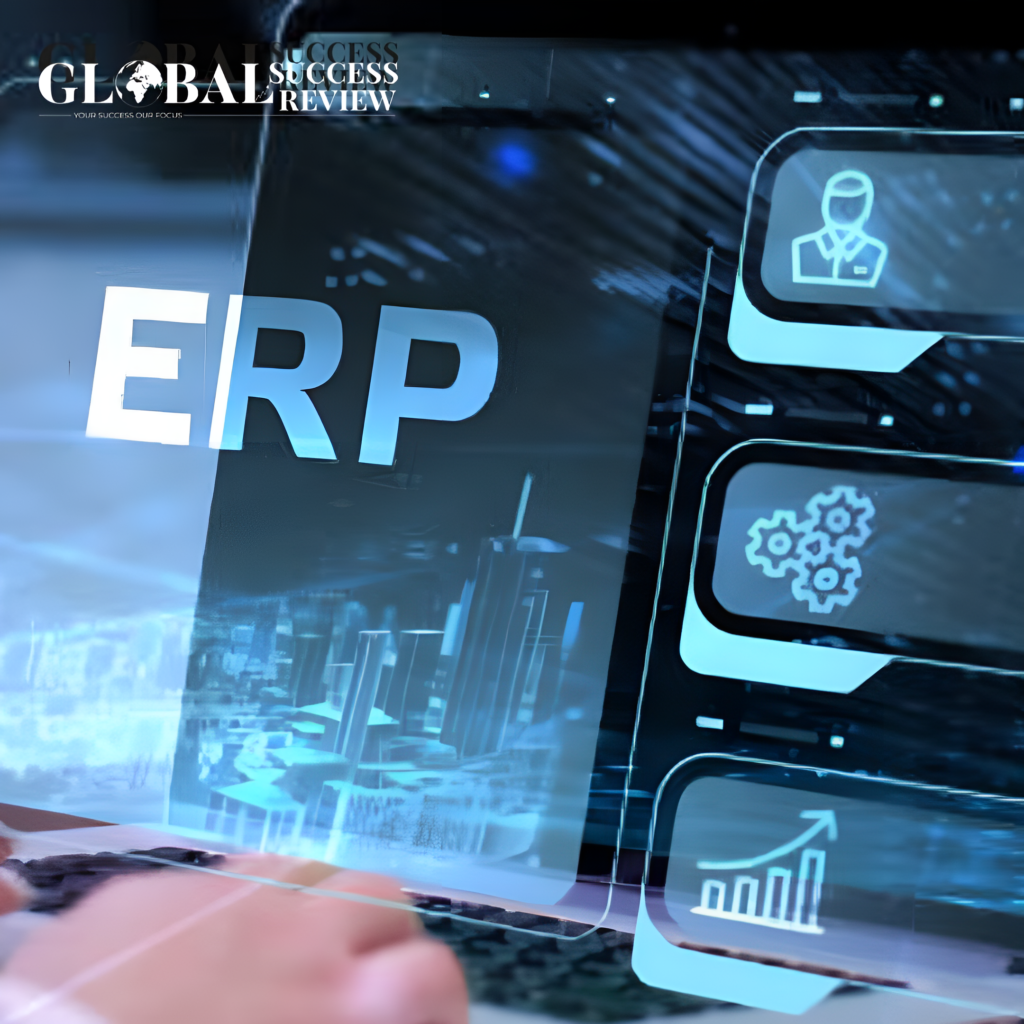Global Success Review Magazine
Choosing the right ERP (Enterprise Resource Planning) solution is one of the most important decisions a company can make in today’s fast-paced business environment. The right ERP system can streamline operations, boost productivity, and provide valuable insights for decision-making. But with dozens of options out there each claiming to be the best, it’s easy to feel overwhelmed.
At Global Success Review Magazine, we’ve spoken with business leaders, ERP experts, and tech consultants across industries to break down the essentials. Here’s your practical, human-friendly guide to choosing an ERP solution that actually works for your business not just on paper, but in the real world.
Understand What You Really Need
Before diving into product demos or price comparisons, take a step back and reflect. What’s driving your need for an ERP system? Is it better data visibility? Do you need to replace a system that’s outgrown your team? Are you expanding into new markets?
Map out your core business processes from accounting and HR to inventory, sales, and customer service. This isn’t just about technology; it’s about understanding where your business is today and where it’s going.
Ask your team:
- What tasks take up too much time?
- Where are the current bottlenecks?
- What features would truly make life easier?
Your ERP should support your business goals, not the other way around.
Involve the Right People from Day One
Too often, ERP decisions are made by the IT department alone. But successful ERP implementation is a team sport.
Bring together stakeholders from across your organization operations, finance, HR, customer service, and even marketing. Each department will have different pain points and priorities, and they all need a seat at the table.
When users feel included early on, they’re more likely to adopt the system later. And adoption is everything. Even the most powerful ERP system is useless if no one uses it.
Cloud vs. On-Premise: What’s Best for You?
One of the first big decisions you’ll face is whether to go with a cloud-based ERP or an on-premise one.
Cloud ERP is hosted on the vendor’s servers and accessed via the internet. It’s often easier to scale, requires less IT infrastructure, and updates automatically. Think flexibility, mobility, and lower upfront costs.
On-premise ERP, on the other hand, is installed on your own servers. You’ll have more control and customization options, but also higher initial investment and maintenance responsibilities.
Today, many growing businesses lean toward cloud solutions for their scalability and ease of use, especially if remote work is part of the mix.
Evaluate the User Experience
Let’s be honest if your ERP system feels like rocket science, no one’s going to use it.
Ease of use is critical. Ask for demos. Test the interface. Does it feel intuitive? Can non-tech-savvy employees navigate it comfortably? What does the mobile experience look like?
Great ERP solutions are designed for humans not just IT pros. The smoother the learning curve, the faster your team will embrace it.
Check Integration Capabilities
Your ERP doesn’t live in a vacuum. It should play well with your existing tools—CRM, payroll systems, marketing platforms, eCommerce, etc.
Make sure your ERP can integrate seamlessly with the software you already use (or plan to use). If not, you risk building more silos instead of breaking them down.
Open APIs and third-party integration options are a good sign that the ERP will be flexible as your tech stack evolves.
Scalability and Customization: Plan for Growth
Your business isn’t standing still, and your ERP shouldn’t either. Look for a solution that can grow with you, adding users, locations, products, or services without needing a total overhaul.
Customization is also key. Can the ERP adapt to your specific industry needs? Whether you’re in manufacturing, retail, logistics, or services, your processes have their own nuances. The best ERP solutions offer industry-specific modules or custom configuration options to match your workflows.
Vendor Support and Reputation Matter
This isn’t just a one-time purchase it’s a partnership. You want a vendor who’s responsive, experienced, and committed to helping your business succeed.
Research vendor reviews, customer testimonials, and case studies. Ask about onboarding support, training resources, and ongoing customer service. How do they handle issues? Is their support team local, or will you be waiting 48 hours for a callback?
Good support can make all the difference when you’re facing deadlines or system hiccups.
Budget Smart, Not Cheap
It’s tempting to chase the lowest price tag, but ERP is an investment. Instead of focusing only on upfront costs, consider the total cost of ownership: subscription fees, implementation costs, training, support, upgrades, and downtime risks.
A slightly more expensive system that’s easier to implement, more reliable, and faster to scale may deliver better ROI in the long run.
Final Thoughts: Take Your Time
Choosing the right ERP solution isn’t about jumping on trends, it’s about finding the right fit for your unique business. Take your time, ask the tough questions, involve your people, and test thoroughly before signing the dotted line.
With the right ERP, you’re not just investing in software, you’re building the foundation for smarter decisions, smoother operations, and sustainable growth.
At Global Success Review Magazine, we believe that the smartest businesses aren’t just powered by great ideas, they’re empowered by the right tools.



















